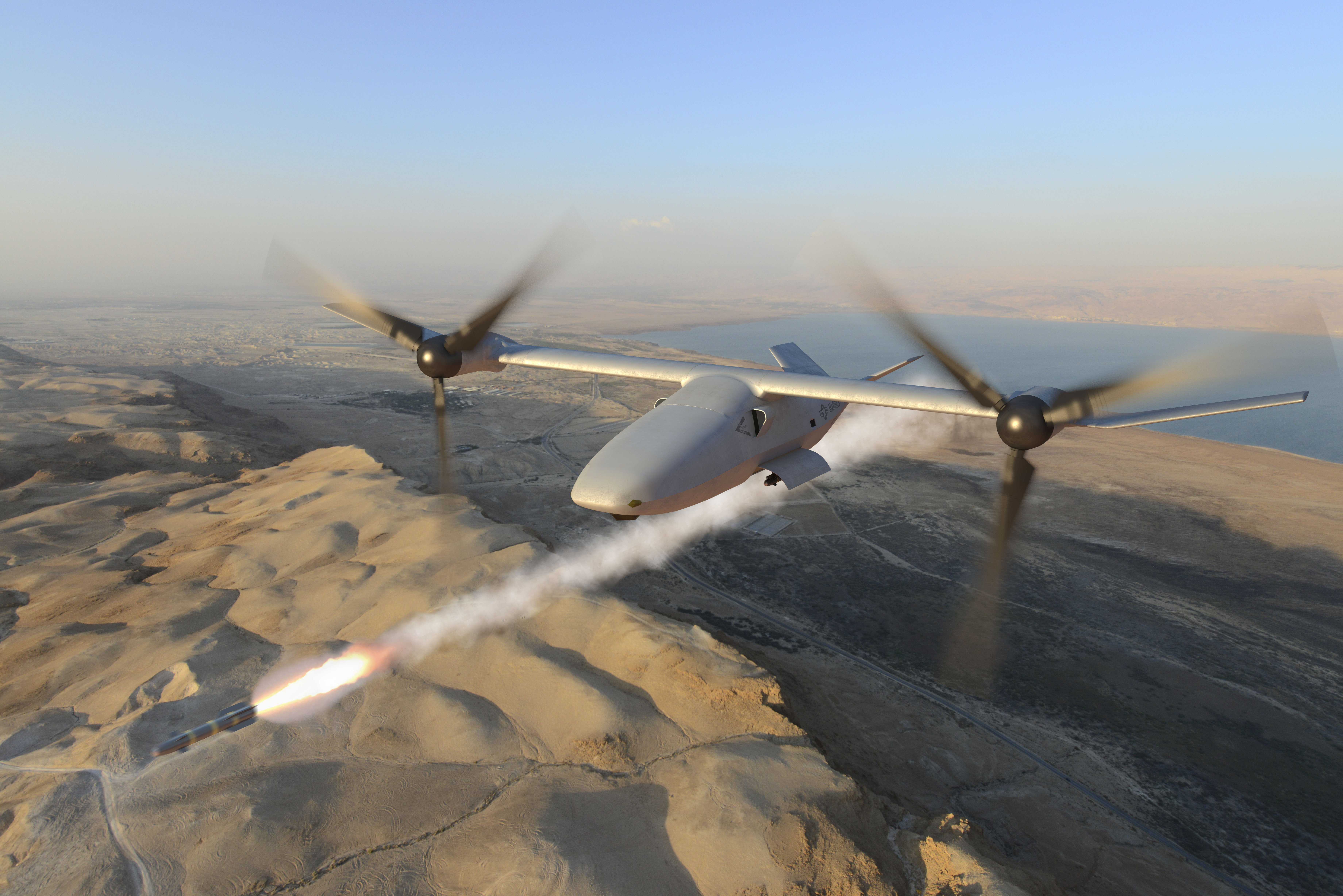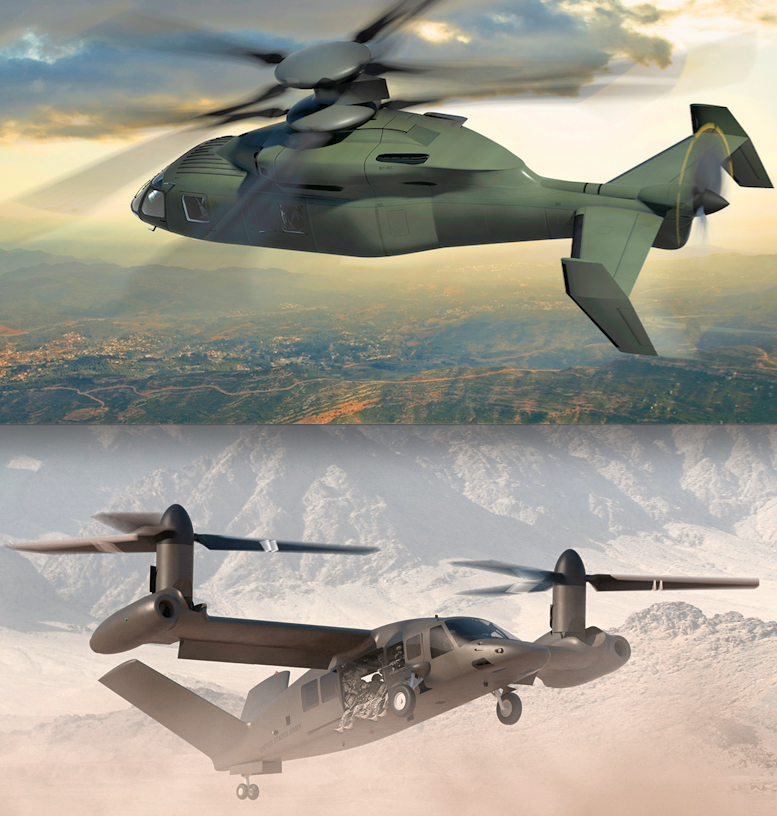
Getting reliability, maintenance and a backbone built on open architecture right first is how the Pentagon is approaching its future vertical lift programs, defense officials said on Tuesday.
“The focus right now is on getting the infrastructure right,” Marine Col. Robert Freeland from the Office of the Under Secretary of Defense for Acquisition, Technology and Logistics told an audience at the Center for Strategic and International Studies.
By doing that, government and industry will not face the difficulties of replacing closed proprietary systems and unexpected high life-cycle costs of previous program when maintaining the new aircraft expected to be fielded anywhere from the late 2020s or early 2030s.
Open architecture is typically defined as the military’s push to create a universal set of standards for weapon systems that industry shares. An open architecture platform makes it easier for the military to modifications, upgrade and add on to weapon systems.
“The behavior the government wants [to see from industry] is we’re running” toward open architecture, David Dowling, director of vertical lift capabilities at Northrop Grumman Corporation said on Tuesday. “That’s going to spark investment; that’s going to spark innovation.”
Later, he added, “To me it’s the interfaces upfront” to get right. “We want to be more rapid and nimble.” But that does not mean that new technology is held back for the arrival of the future vertical lift airframe. Use legacy aircraft “and have them bring [advanced technology into] future vertical lift.”
Survivability of the aircraft and pilotage under degraded visual conditions also have to be considerations into the future and there is a need to proceed cautiously in analyzing and addressing both, Richard Koucheravy, director of the business development for future vertical lift at Sikorsky, added.
To defense industry, open software architecture offers other possibilities for its own survival and future prosperity.
“Open architecture starts to turn [a shrinking military aircraft and systems industry] around” by encouraging smaller companies to compete for the business, Dave Schreck, vice president and general manager, airborne solutions for Rockwell Collins, said.

Their innovations can spark new business opportunities for larger companies, he and others agreed.
Freeland pointed out to the Washington, D.C., think-tank audience that the government is covering one-third of the cost of the tech demonstrations of vertical lift to cut industry’s risks and encourage innovation across-the-board. The idea is to answer the question: “What do we need to get to those prototypes” that follow the demonstrations, he asked.
“There are unknown unknowns” that include the airframes of the future aircraft still needing to be resolved, Keith Flail, vice president of advanced tilt-rotor systems at Bell Helicopter, said. He compared the need for adaptable interfaces to USB connections, “so we can plug in these new systems” to airframes that will be flying for 20 or more years.
Flail added Bell expects to be flying its test-bed aircraft this year.
Eric Burke, avionics lead for future vertical lift at Harris Corporation, used the Bell-Boeing MV-22 Osprey as an example of open architecture’s value for the future. While Osprey “is a game-changer,” the “problem is that it is 30-year-old technology” being used in a threat environment that is changing constantly across all domains and closed systems make it difficult to insert new technologies.
All the panelists agreed that meeting the need for open architecture had to be addressed in the design phase of the aircraft, especially in a tight budget environment.
Koucheravy said the congressionally set fiscal controls over government spending are not likely to be eased immediately. Industry needs “to show [the Defense Department] where the cost-benefit analysis is” and show those results up front.
For all, Freeland said, the government “has got to get the regulations right” for industry covering its return on investment and who controls the intellectual property of the systems in future vertical lift, matters under discussion now.
The idea in these talks is to identify “where there’s opportunity, where there’s hazard.”
Burke said an example for the Pentagon could come from the Federal Aviation Administration in how to proceed. “The FAA does a phenomenal job with their standards” and “it took them 60 to 70 years” to develop those standards.
“We have the azimuth we actually have to shoot for” in future vertical lift, he said. The idea on technology and interfaces is to achieve “loose coupling with high cohesion” as the program continues to advance to full production.





